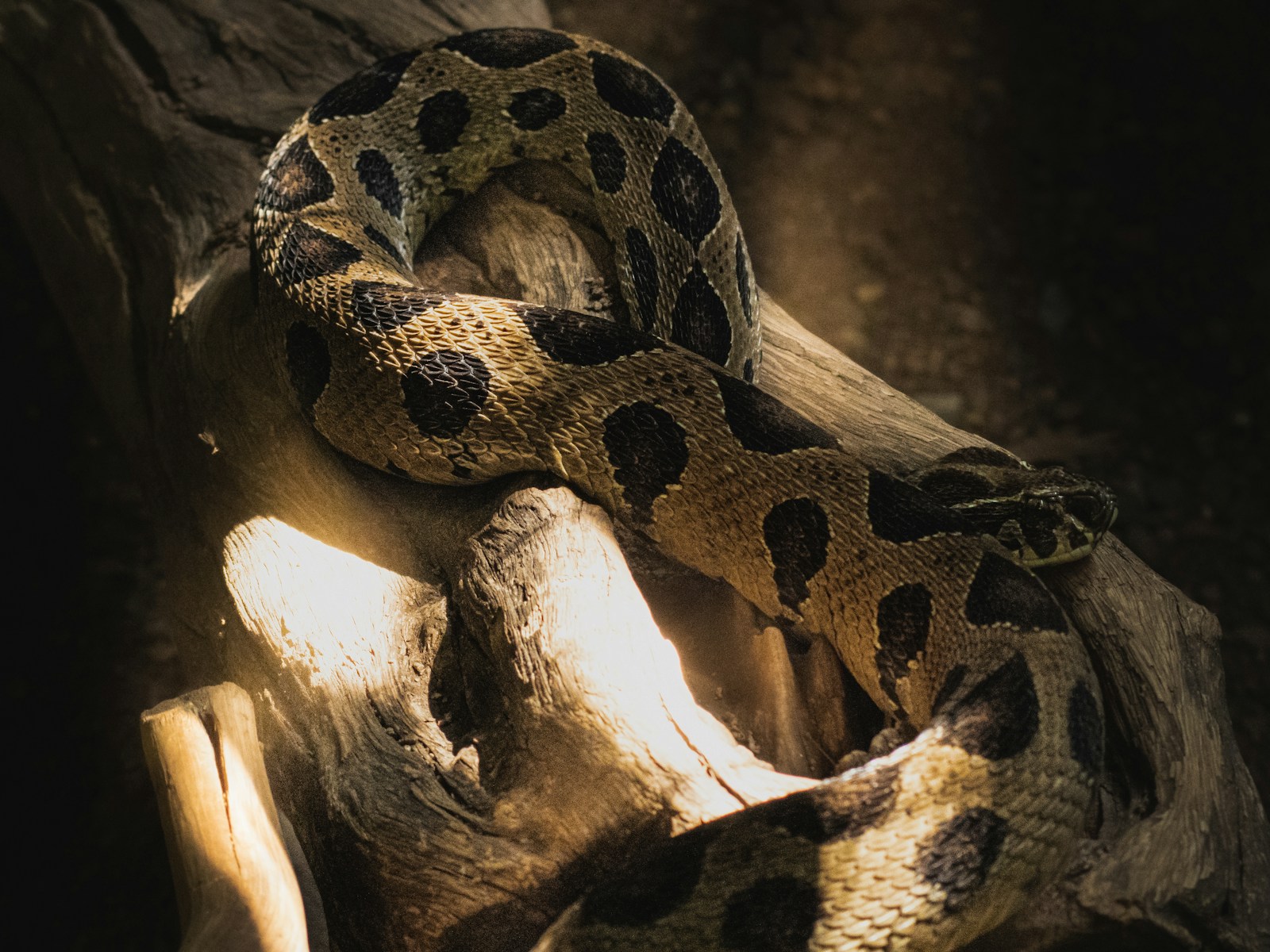Welcoming a rescue snake into your home is a rewarding experience that offers a second chance to a reptile in need. Unlike captive-bred snakes, rescue snakes often come with unknown histories and may have experienced trauma, neglect, or improper care. This history makes the transition to a new habitat especially delicate and important. A thoughtfully planned introduction not only reduces stress for your new serpentine companion but also helps establish trust and sets the foundation for a healthy relationship. Whether you’re a first-time snake owner or an experienced herpetologist, creating a smooth transition for your rescue snake requires patience, preparation, and understanding of snake behavior. This comprehensive guide will walk you through each step of introducing a rescue snake to its new home, ensuring both you and your scaly friend start your journey together on the right foot—or coil.
Understanding Your Rescue Snake’s Background

Before bringing your rescue snake home, gather as much information as possible about its history, including species, age, previous diet, health issues, and behavioral patterns. This background knowledge is crucial for providing appropriate care and anticipating potential challenges during the transition period. Many rescue snakes have experienced improper husbandry, inconsistent feeding, or even abuse, which can manifest as stress behaviors or health problems. Ask the rescue organization or previous owner detailed questions about the snake’s temperament, handling tolerance, and any specific needs they’ve observed. Understanding whether your snake was wild-caught or captive-bred can also help you prepare for different adjustment periods, as wild-caught specimens often require more time to acclimate to human interaction.
Preparing the Perfect Enclosure

Setting up an appropriate enclosure before your snake arrives is essential for a smooth transition. Research your specific snake species to understand their requirements for space, temperature gradients, humidity levels, substrate preferences, and hiding spots. For most rescue snakes, a slightly smaller enclosure than the species’ adult recommendation might be beneficial initially, as too much space can sometimes increase stress for an already anxious reptile. Ensure the habitat includes multiple secure hiding places positioned at both the warm and cool ends of the temperature gradient, allowing your snake to thermoregulate while feeling safe. The enclosure should be escape-proof with proper ventilation, appropriate lighting, and all necessary heating elements installed and tested for at least 48 hours before the snake’s arrival to ensure stable environmental conditions.
Creating a Stress-Reducing Environment
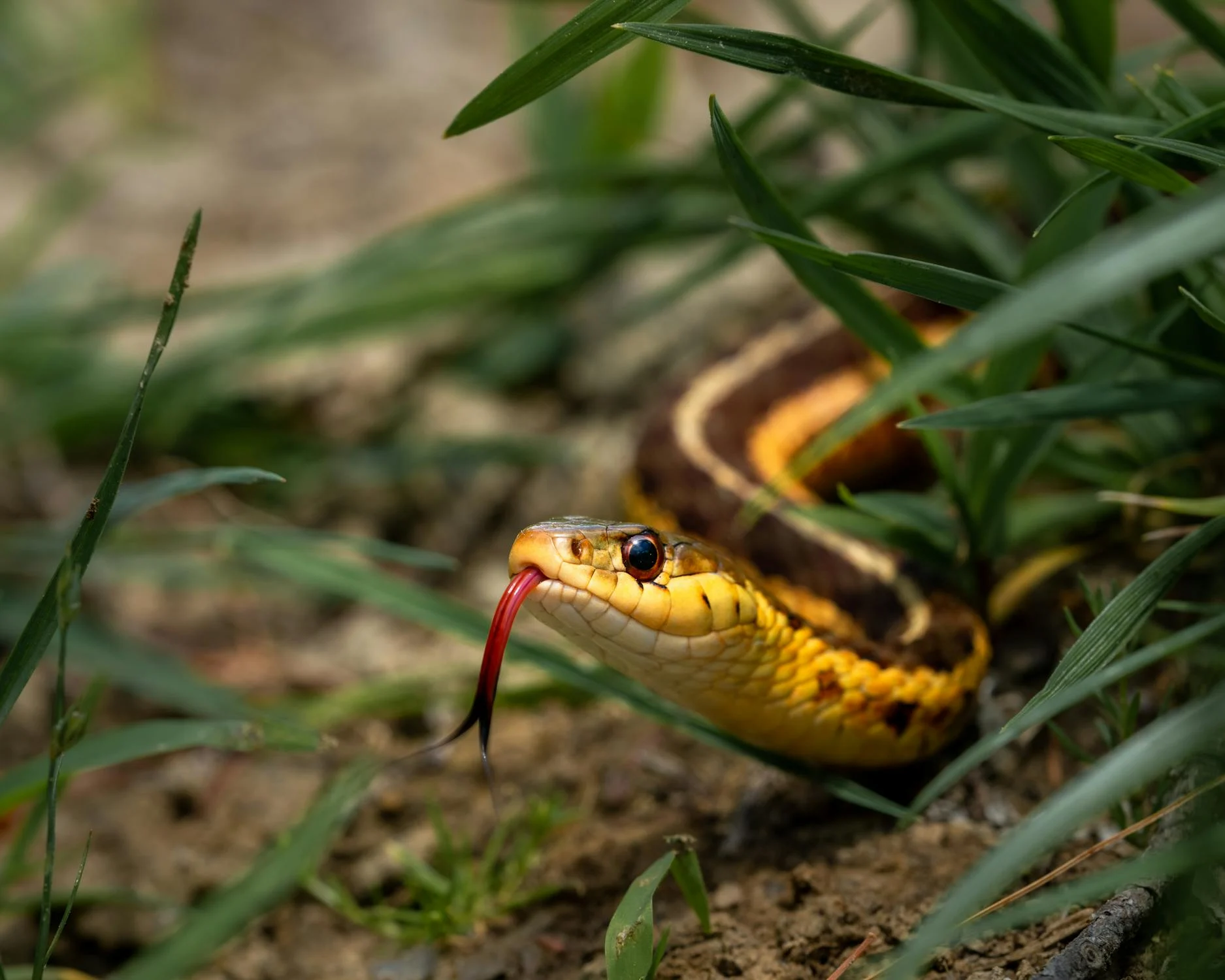
Rescue snakes are particularly susceptible to stress, which can compromise their immune systems and lead to health issues or feeding refusals. Position the enclosure in a quiet area of your home away from high traffic, loud noises, vibrations, and other pets that might disturb your snake. Cover three sides of the enclosure with paper or background material to create a sense of security while still allowing observation from one side. Include plenty of clutter such as branches, plants (real or artificial), and various sized hides to create a complex environment that offers security and environmental enrichment. For particularly nervous species or individuals, consider providing deeper substrate that allows for burrowing, which can significantly reduce stress by giving them control over their exposure.
The Crucial Quarantine Period
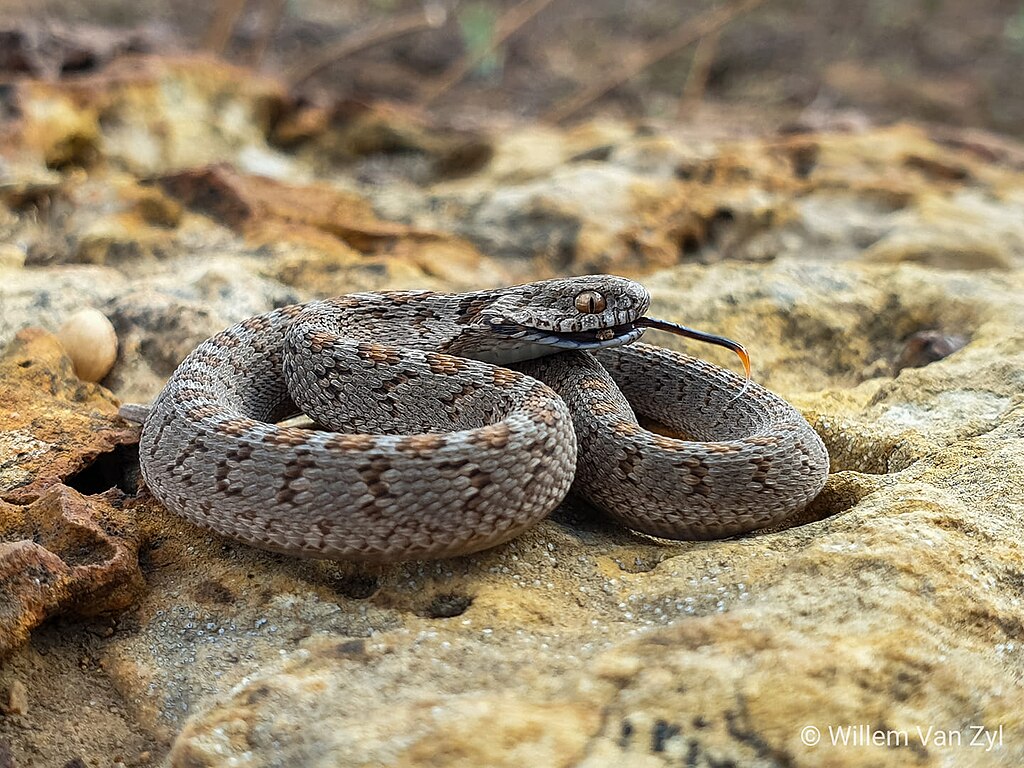
Quarantining your rescue snake is a non-negotiable step that protects both the new arrival and any existing reptiles in your collection. A minimum 30-day quarantine period (with 60-90 days being ideal) allows you to monitor for parasites, respiratory infections, scale rot, or other health issues that may not be immediately apparent. The quarantine enclosure should be simple but still meet all the species’ basic needs, making it easier to monitor feces, detect parasites, and observe behavior. During this period, always handle the quarantined snake last among your collection and wash hands thoroughly before interacting with other reptiles. Consider scheduling a veterinary visit during the quarantine period for a professional health assessment, especially if the snake shows any concerning symptoms or if its medical history is unknown.
The Hands-Off Acclimation Period
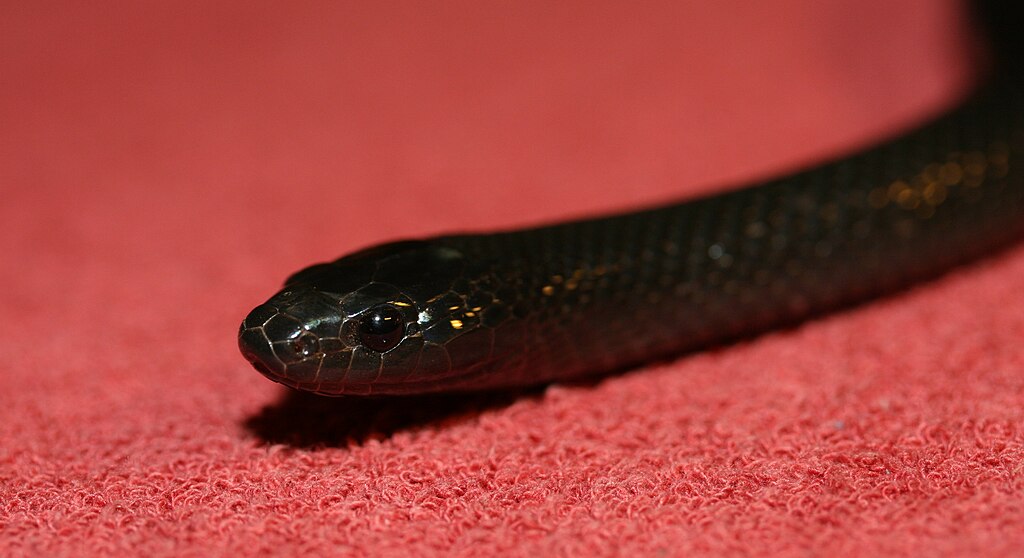
When you first bring your rescue snake home, resist the urge to handle it immediately, no matter how excited you are about your new pet. Allow a minimum of 7-14 days of complete non-disturbance, during which you simply provide fresh water and necessary habitat maintenance with minimal intrusion. This hands-off period gives your snake time to recognize its new environment as safe and reduces the risk of stress-induced health issues or defensive behaviors. During this time, you may notice your snake exploring primarily at night, testing the security of its enclosure, or spending extended periods hiding—all normal behaviors for a snake adjusting to new surroundings. The length of this acclimation period may need to be extended for particularly timid species or individuals with known histories of mistreatment.
Establishing a Feeding Routine

Many rescue snakes have experienced irregular feeding schedules or inappropriate prey items, making the establishment of a proper feeding routine essential for their rehabilitation. Wait at least 5-7 days after bringing your snake home before attempting the first feeding, as most snakes won’t eat while acclimating to a new environment. Start with smaller prey items than what would typically be appropriate for your snake’s size, which are easier to digest and more likely to be accepted when the snake is still stressed. Offer food in the evening when most snake species are naturally more active, and leave the enclosure undisturbed for 24 hours afterward to prevent regurgitation. If your snake refuses food for several consecutive offerings, consider varying your approach—trying different prey types, pre-killed versus frozen/thawed, scenting techniques, or feeding in a separate container might help entice a reluctant eater.
Introducing Gentle Handling Techniques
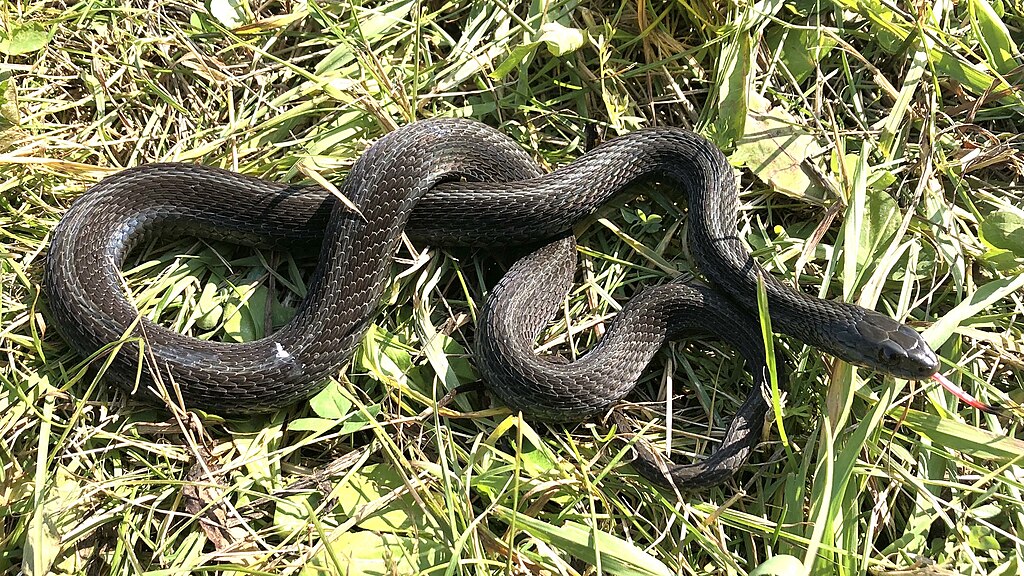
Once your snake is eating regularly and showing signs of comfort in its environment, you can begin introducing very brief, gentle handling sessions. Start by simply placing your hand in the enclosure without attempting to touch the snake, allowing it to become accustomed to your presence and scent. When ready for actual handling, begin with sessions lasting just 1-2 minutes, gradually increasing duration as the snake shows comfort with the interaction. Support your snake’s body properly with both hands, avoiding restrictive gripping or handling immediately after feeding. Pay close attention to body language that indicates stress or discomfort—rapid breathing, tense muscles, defensive posturing, or attempts to flee should signal an immediate end to the handling session. For snakes with histories of abuse or mishandling, this process may take months of consistent, patient work.
Recognizing and Addressing Behavioral Issues

Rescue snakes often display behavioral issues stemming from their previous experiences, which require specific approaches to address effectively. Defensive striking, excessive hiding, refusal to eat, or abnormal locomotion patterns may indicate underlying stress or past traumas. Document these behaviors carefully to identify patterns or triggers, which can help you develop targeted strategies for rehabilitation. Consistency is key when addressing behavioral issues—maintaining regular routines for feeding, handling, and habitat maintenance helps build a sense of security. For severely traumatized snakes, consider consulting with a reptile behaviorist or experienced herpetologist who specializes in rehabilitation. Remember that some behavioral quirks may never completely disappear, but with patient management, most rescue snakes can show significant improvement over time.
Monitoring Health During Transition
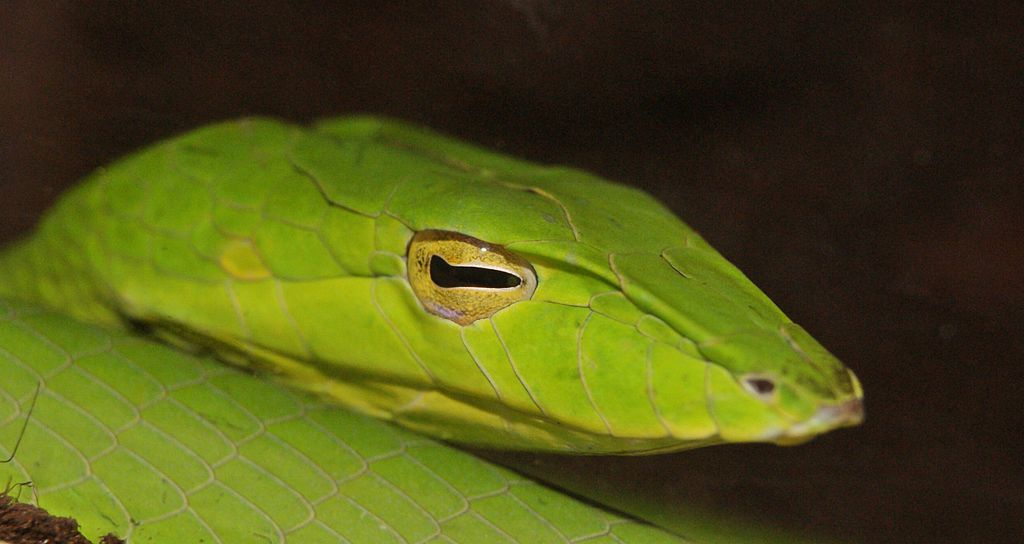
Vigilant health monitoring is particularly important during a rescue snake’s transition period when stress can exacerbate existing conditions or suppress symptoms of illness. Establish a baseline by documenting your snake’s normal behavior, feeding response, defecation patterns, skin condition, and weight upon arrival. Perform regular visual health checks, looking for clear eyes, clean nostrils, smooth scales, alert behavior, and proper muscle tone. Weigh your snake weekly during the transition period, as weight fluctuations can be early indicators of health issues before other symptoms appear. Be especially watchful for respiratory infections (characterized by wheezing, bubbling around the mouth, or abnormal breathing patterns), which commonly develop in stressed reptiles or those kept in inappropriate humidity conditions. Establish a relationship with a reptile-experienced veterinarian before any health emergencies arise, ensuring you have a resource ready when needed.
Creating a Consistent Routine
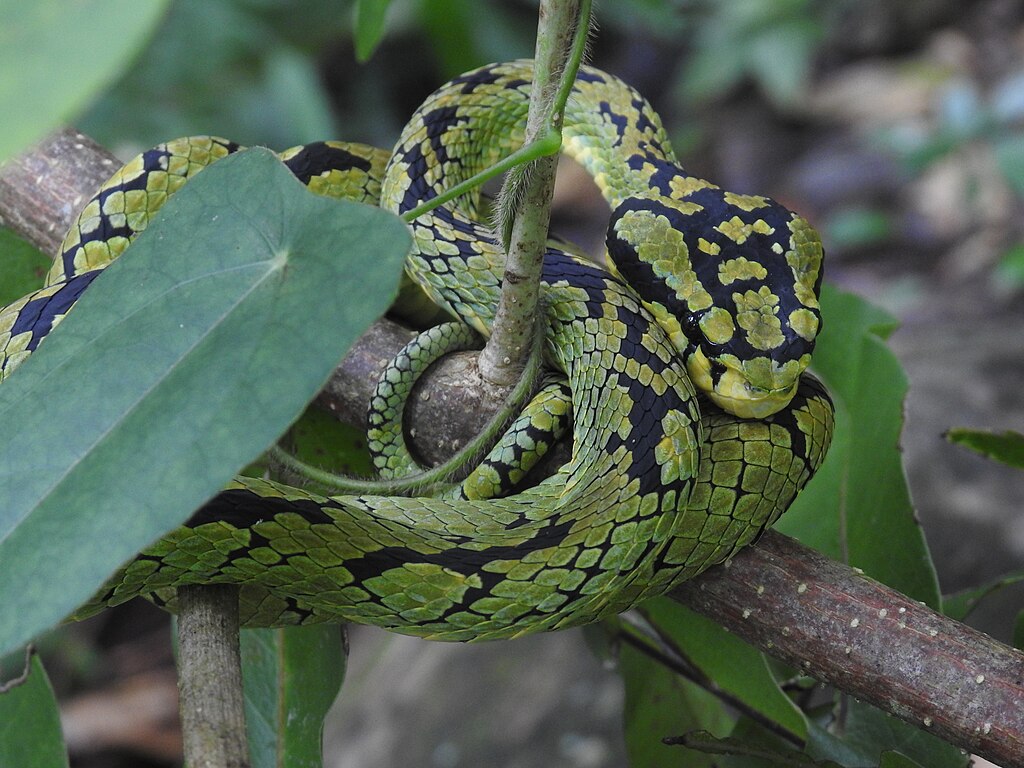
Reptiles thrive on predictability, and rescue snakes particularly benefit from knowing what to expect in their new environment. Establish and maintain consistent schedules for feeding, cleaning, handling, and lights-on/lights-off times to help your snake develop a sense of security. Avoid sudden changes to the enclosure setup during the transition period, as rearranging décor or changing substrate can cause unnecessary stress to a snake still adjusting to its surroundings. When maintenance is necessary, try to disturb only a portion of the habitat at a time rather than completely overhauling the environment. Pay attention to your snake’s natural activity patterns and schedule interactions during times when it’s typically more alert and receptive. This consistency helps build trust between you and your rescue snake, establishing a foundation for a positive long-term relationship.
Addressing Species-Specific Needs
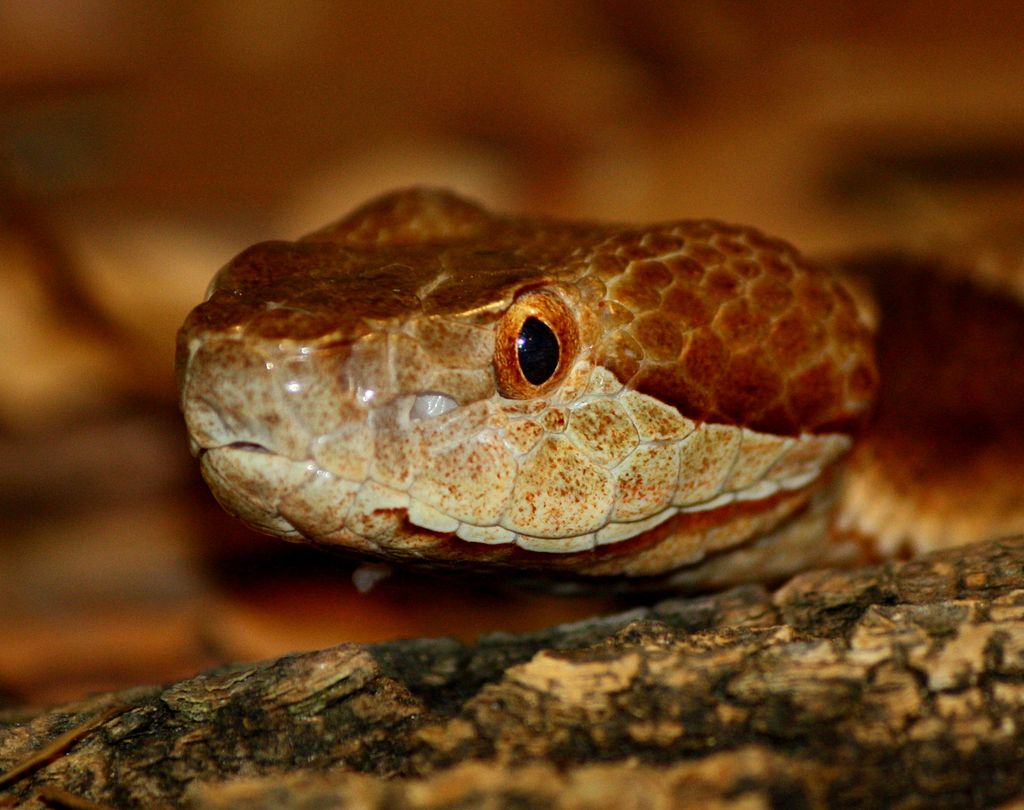
Different snake species have unique requirements that must be considered when introducing them to a new habitat. Arboreal species like emerald tree boas require vertical climbing space and elevated hiding spots, while fossorial species like sand boas need deeper substrate for burrowing. Semi-aquatic species such as water snakes benefit from a large, secure water feature that allows partial submersion. Research your specific snake species’ natural behaviors and habitats to provide the most appropriate environment—for instance, ball pythons appreciate tight-fitting hides that contact their bodies on multiple sides, while corn snakes enjoy exploring and need more enrichment items. Consider seasonal adjustments that might benefit your snake’s natural cycles, such as slight temperature fluctuations or photoperiod changes that mimic their native habitat, which can be especially important for breeding or encouraging healthy feeding patterns in some species.
Recognizing Signs of Successful Adaptation
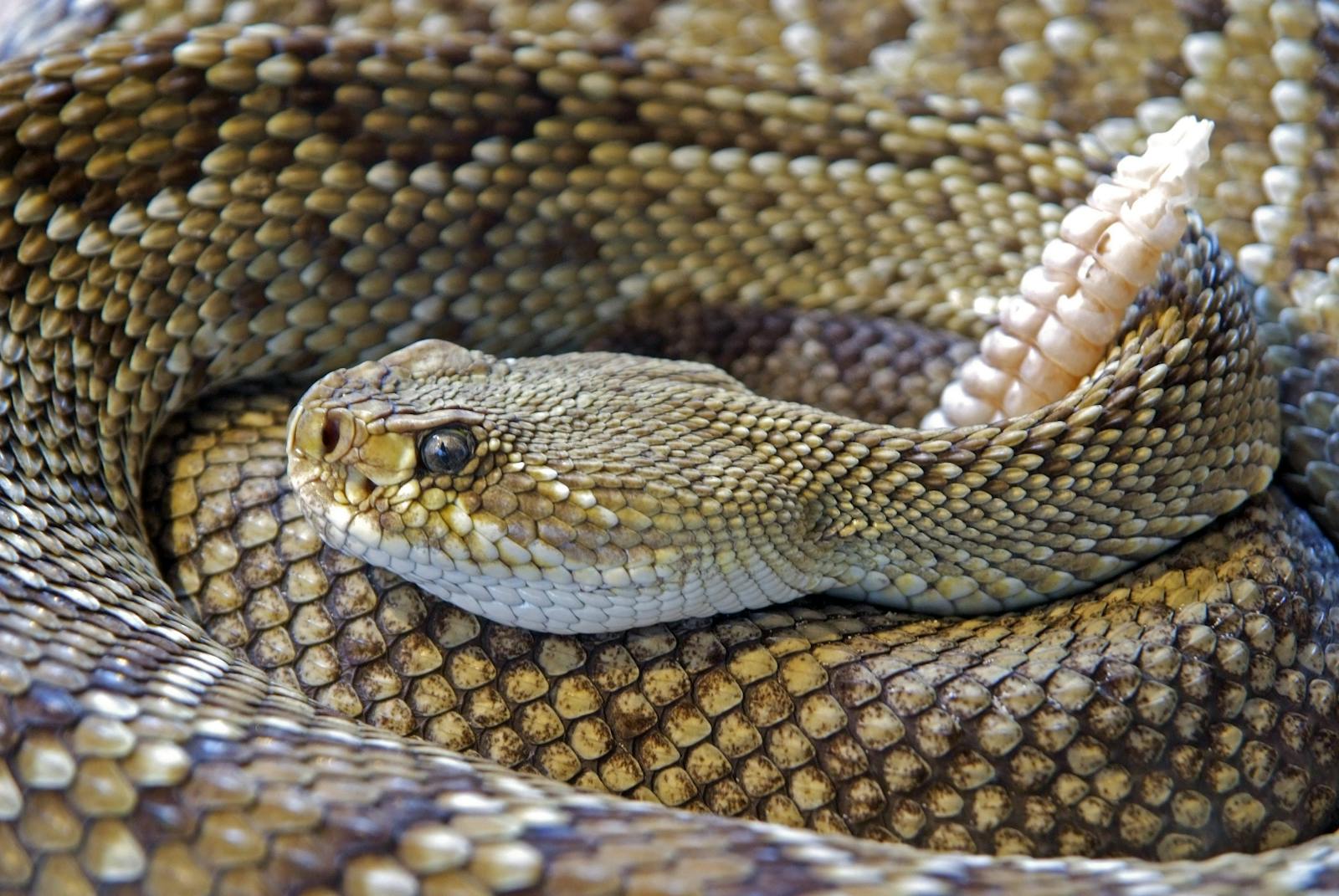
Successfully adapted rescue snakes display a variety of positive behavioral indicators that signal they’re becoming comfortable in their new environment. Regular, enthusiastic feeding with appropriate prey items is often the first and most reliable sign of adjustment, followed by normal defecation patterns and healthy shedding cycles. A well-adjusted snake will show exploratory behavior during appropriate activity periods (usually dawn, dusk, or night depending on the species) rather than remaining hidden constantly. Defensive behaviors like striking, hissing, or musking should decrease noticeably over time, and the snake will become more relaxed during handling sessions with reduced tongue-flicking and muscle tension. You may also notice your snake using all areas of its enclosure rather than restricting itself to hiding spots, showing proper thermoregulation by moving between warm and cool areas, and displaying species-typical behaviors like climbing, burrowing, or soaking.
Building Long-Term Trust
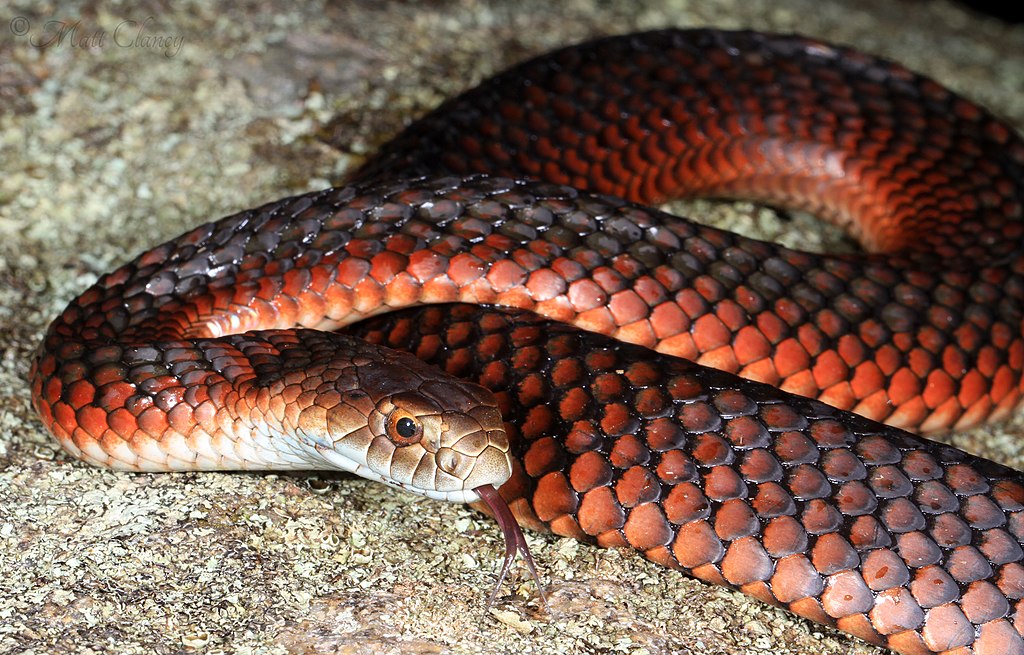
The journey with a rescue snake extends far beyond the initial introduction period, requiring ongoing commitment to building trust and enhancing quality of life. Even after your snake appears adjusted, maintain predictable routines and respect its individual comfort levels with handling and interaction. Consider keeping a log of your snake’s behavior, feeding, shedding cycles, and growth, which helps track progress and identify any concerning patterns that might emerge. Remember that setbacks can occur—stressful events like moving to a new house, construction noise, or even seasonal changes can temporarily revert your snake to more defensive behaviors. With particularly challenging rescue cases, celebrate small victories, whether it’s the first feeding, a calm handling session, or the first time your snake voluntarily approaches you. The bond between handler and rescue snake develops slowly, but with consistency and respect for the animal’s history, most rescue snakes can become wonderful, trusting companions.
Conclusion

Introducing a rescue snake to its new habitat is a journey that requires patience, knowledge, and empathy. By understanding your snake’s background, creating an appropriate environment, and respecting its acclimation needs, you provide the foundation for a successful transition. Remember that each rescue snake is an individual with unique experiences that shape its behavior and needs. The timeline for complete adjustment varies widely—some snakes may adapt within weeks, while others might take months or even years to fully trust their new surroundings. Through consistent, gentle care and respect for the snake’s natural behaviors, you offer these remarkable reptiles the second chance they deserve. The reward comes in witnessing your rescue snake transform from a stressed, defensive animal into a confident, thriving companion—a testament to the resilience of these fascinating creatures and the positive impact of responsible reptile rehabilitation.

